$1,518.00 – $1,743.00Price range: $1,518.00 through $1,743.00
Honeywell American Rotary Gas Meters offer robust and accurate measurement instruments for gas distribution companies. Based on proven technology and bundled with advanced features to meet tomorrow’s requirement, Elster gas meters provide exceptional performance and reliability with features like high maximum operating pressure, low pressure drop, and wide rangeability.
Honeywell American Rotary Gas Meters offer robust and accurate measurement instruments for gas distribution companies. Based on proven technology and bundled with advanced features to meet tomorrow’s requirement, Elster gas meters provide exceptional performance and reliability with features like high maximum operating pressure, low pressure drop, and wide rangeability.
General
- MAOP 290 psig
- Temperature range -40 F to +140 F
- Meets ANSI B109.3 and EN12480:2015
- Approvals pursuant to MID/PED/ATEX directives
- Media: dry natural gas, noncorrosive industrial
- Suitable for Indoor or Outdoor installation
Main Features
- 4 meter sizes
- 3,500 to 14,000acfh Maximum Capacity (23,000 acfh pending)
- 2”,3” and 4” ANSI 125/150 flanged connections
- High rangeability across the flow range
- Low pressure drop
- Differential pressure taps on inlet and outlet with pressure test ports
- Non-lubricated and non-resettable index
- End view, rotatable index
- Heavy duty, compact design
- High impact-resistant, ultraviolet stabilized index cover
- Anodized extruded aluminum body and impellers
- Anodized forged aluminum case covers
- Permanently lubricated bearings
- 10ft3 output on all meter sizes
Options
- Pulse outputs
- Thermowell
- Index masking
- Gasket strainers
- Flange bolts and gaskets
- AMR mounting
- Differential pressure gauge kit
- Instrument Drive
- Bracked or ID-mounted P&T correction (EC 350)
- Direct mount TCI or EC350As
What is a rotary gas meter?
Elster Rotary gas meters are characterized by compact dimensions and extended measuring range. They ensure high accuracy, even under low or irregular gas flow conditions.
The rotary meters combine tried and tested product features of the RPM and IRM rotary meter product lines with new advanced features. The new rotary meter offers a set of features that meets virtually all market applications in one simple design.
How does it work?
The rotary gas meters utilize the rotary type positive displacement principle of operation which makes volumetric measurements by displacing finite volumes of gas. The positive displacement occurs within a cavity formed between the meter’s internal housing and its rotating impellers. The counter-rotating impellers turn as a result of pressure drop across the meter’s inlet and outlet created as downstream gas is consumed. The rotating impellers separate the flowing gas into small, finite, volumes and are counted using a mechanical index.
What problems does it solve?
-
Greater rangeability than other meters
-
Significant reduction in device inventory
-
Increased maximum operational pressure (MAOP)
-
Low pressure drop, enabling flexibility in station design
-
Reduction in hazardous noise for safer operations
-
Reduction in piston speed for longer asset life
-
Low total cost of ownership
-
Simple installation and commissioning
-
Compact design and ease of use
-
Environmentally friendly design
-
Bundled with electronic volume corrector for single vendor sourcing.
| Weight | 224 oz |
|---|---|
| Dimensions | 8.7 × 8.8 × 12.7 in |
| Meter Output | Standard, Meter Pulse Output $142, Meter Pulse Output with Remote Meter Reader $225 |
Brand
Be the first to review “Honeywell American Meter 3500 CFH RABO® Rotary Gas Meter” Cancel reply
You must be logged in to post a review.
Related products
Gas Regulator
Diaphragm Meter
Diaphragm Meter

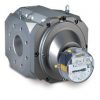
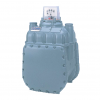


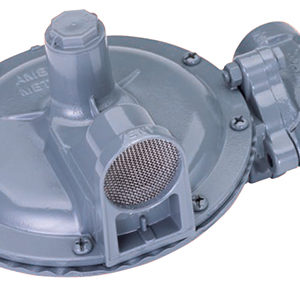


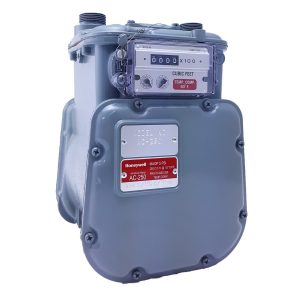
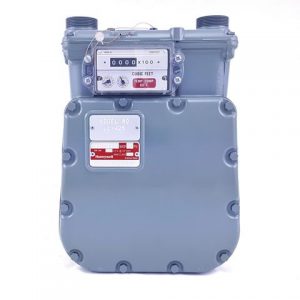
Reviews
There are no reviews yet.